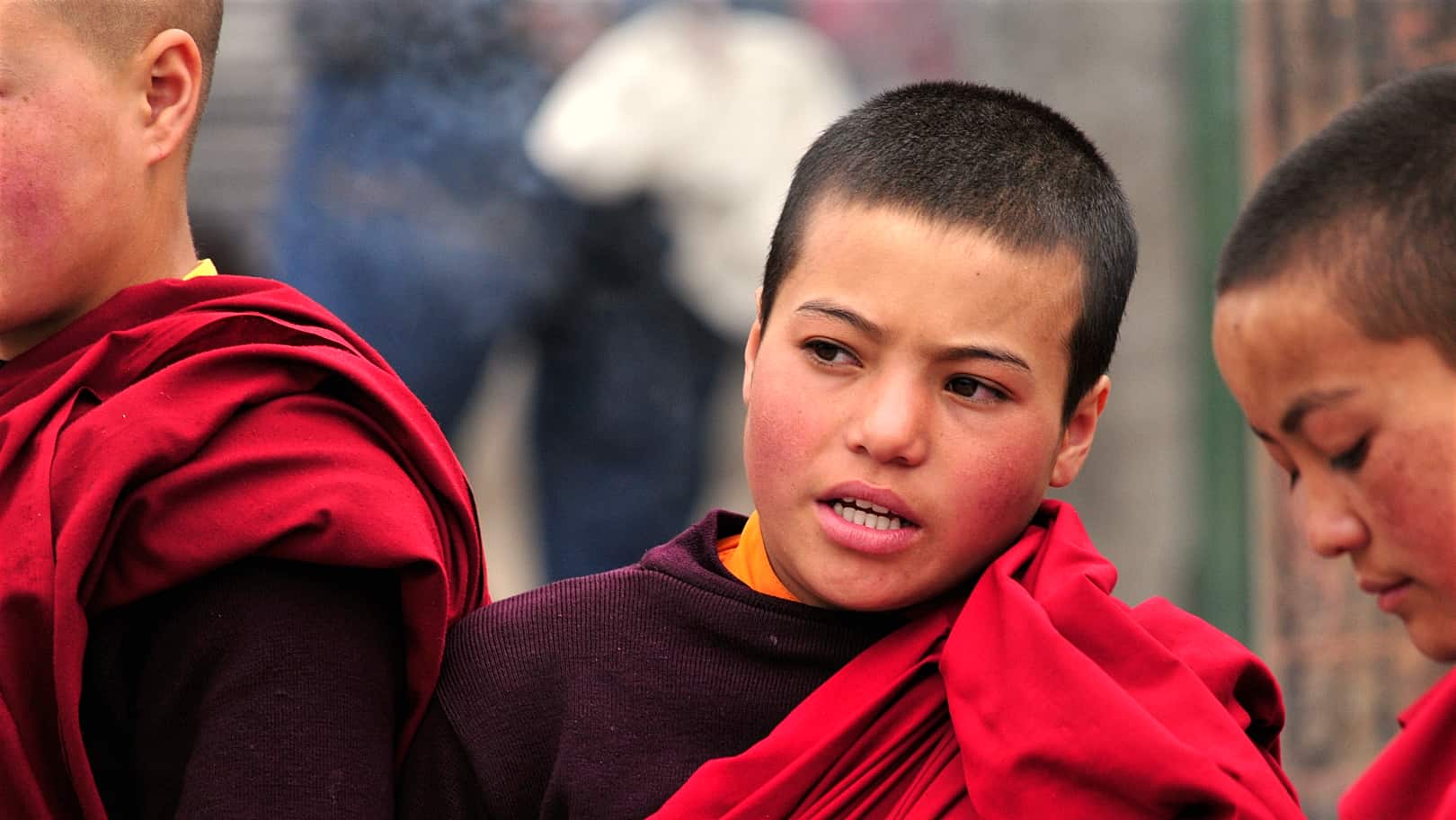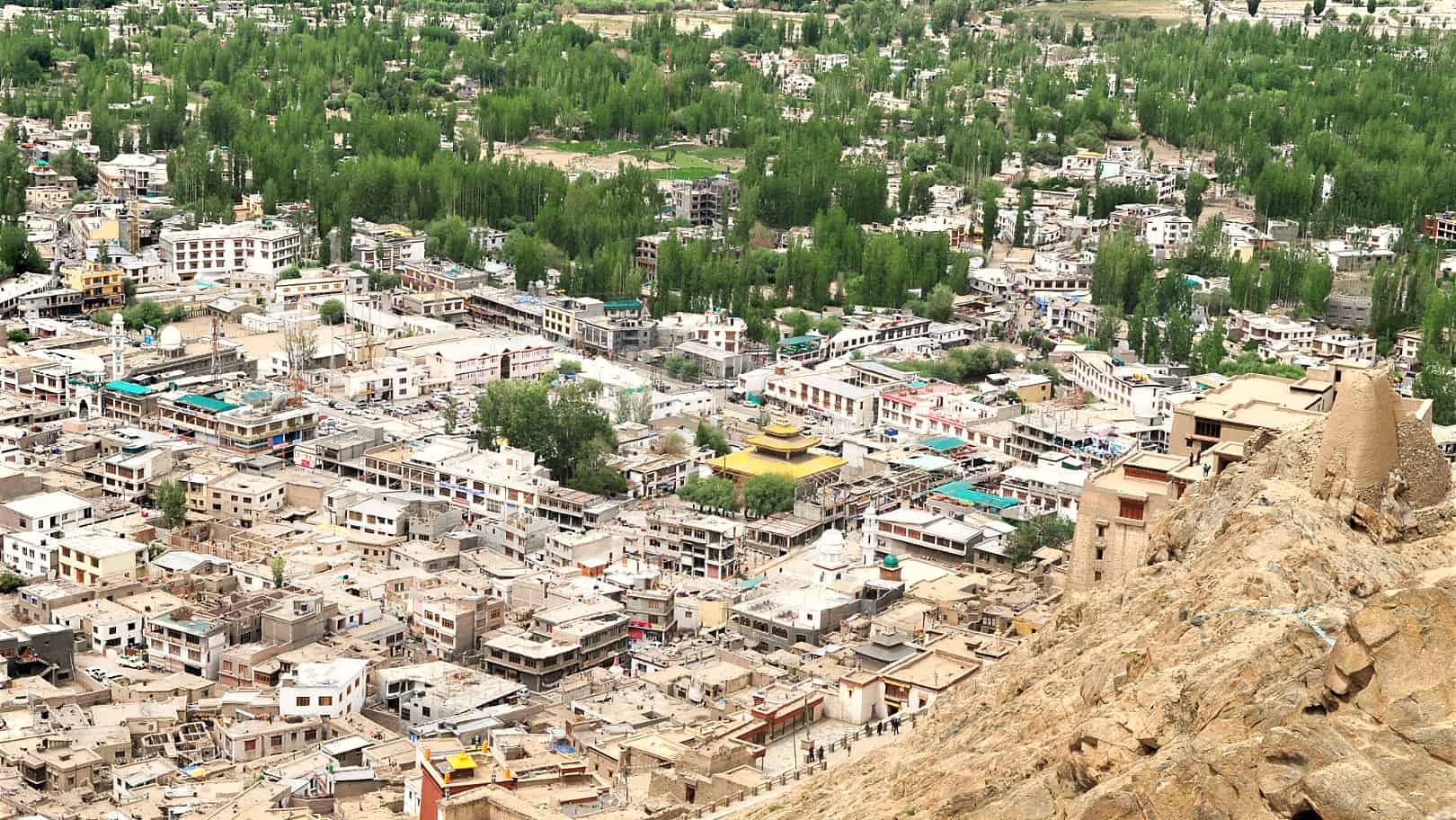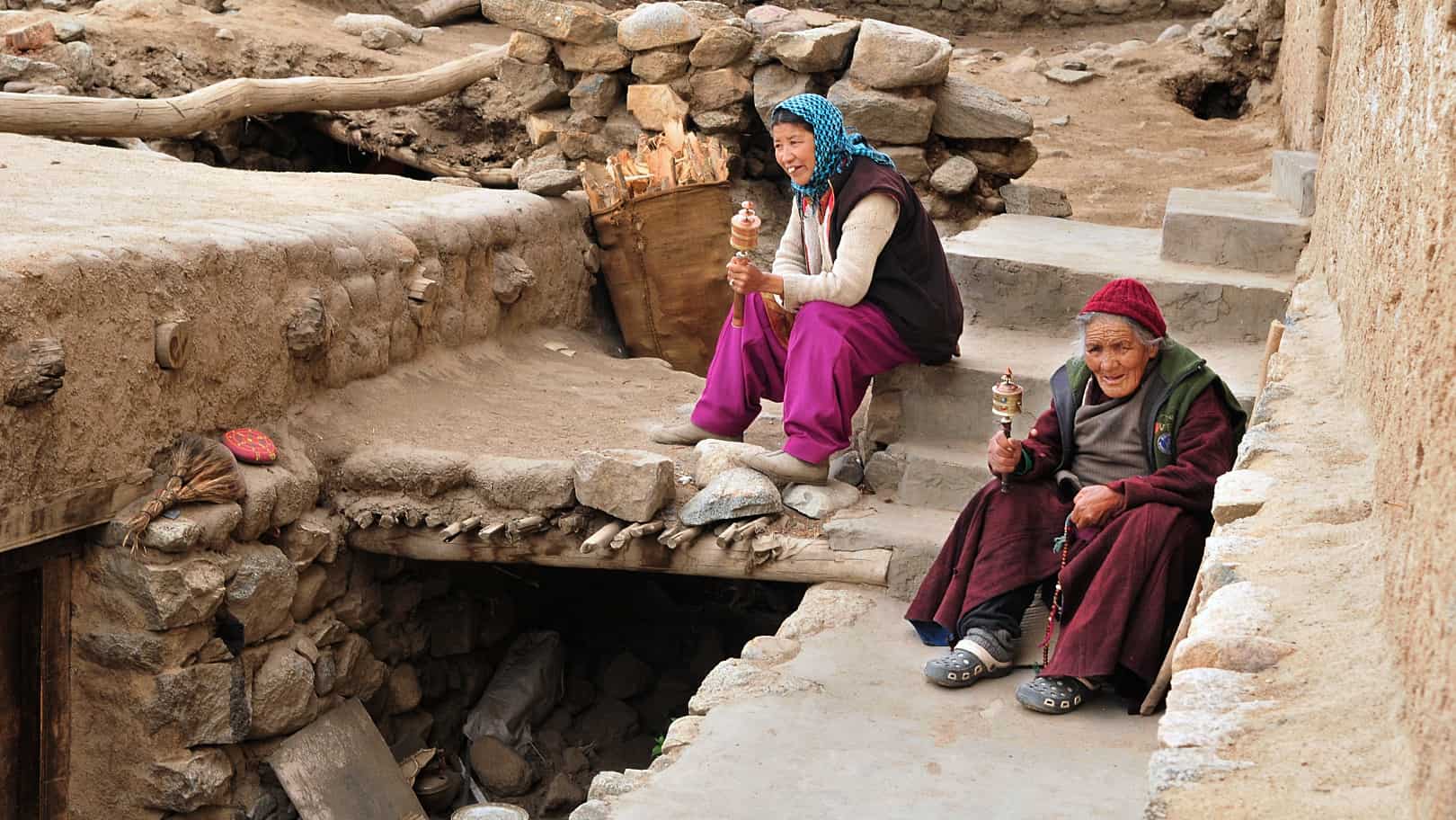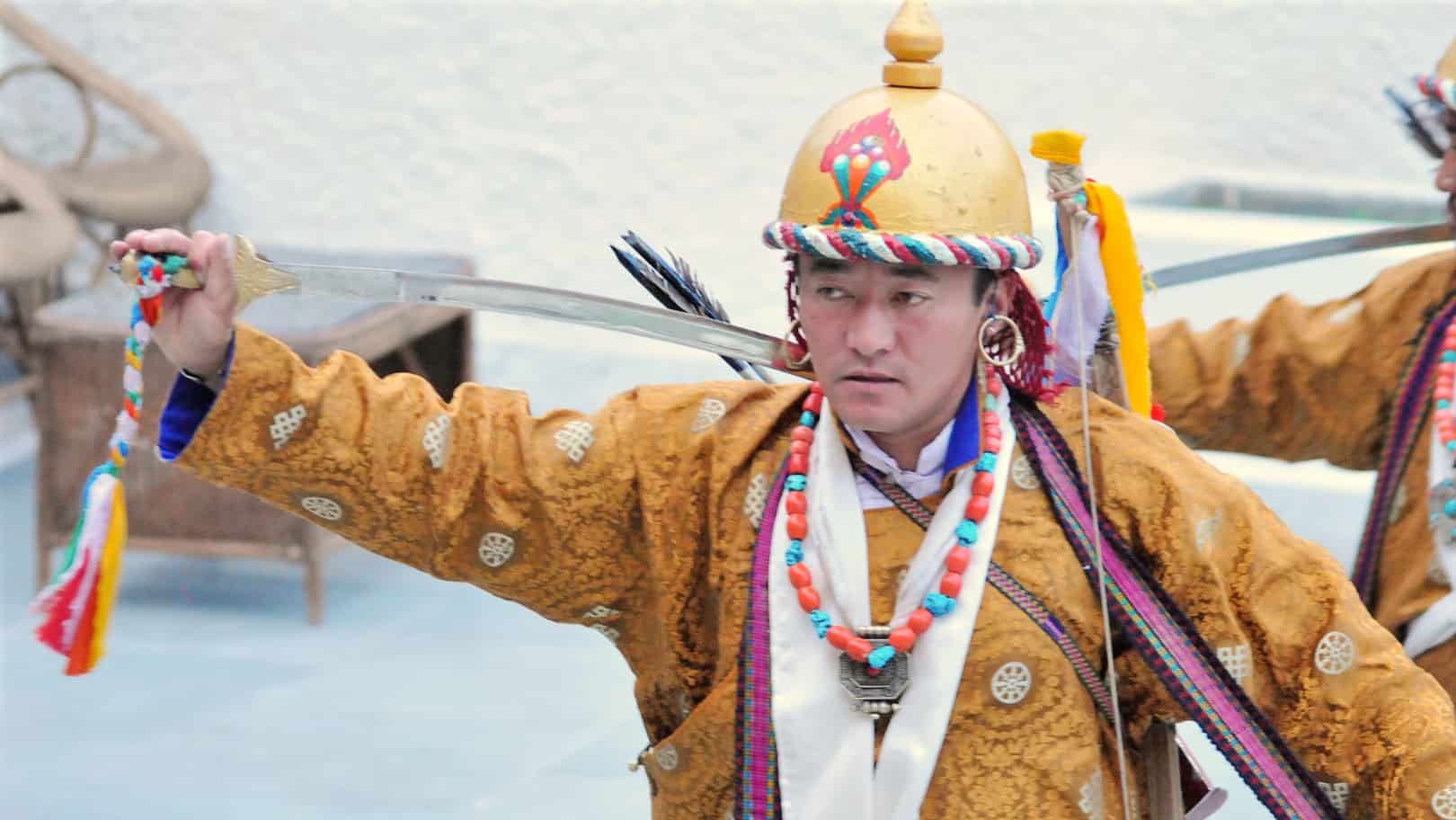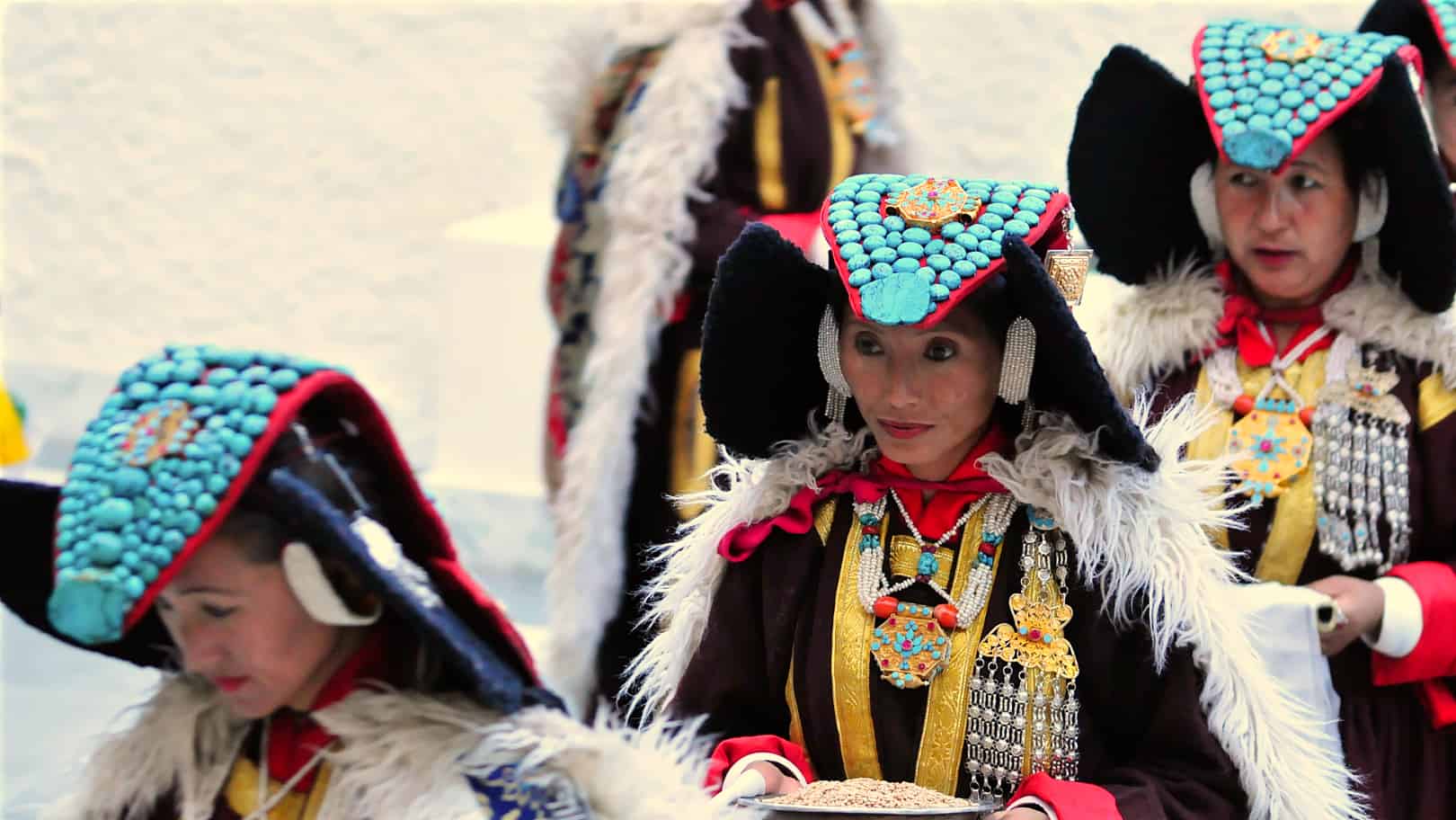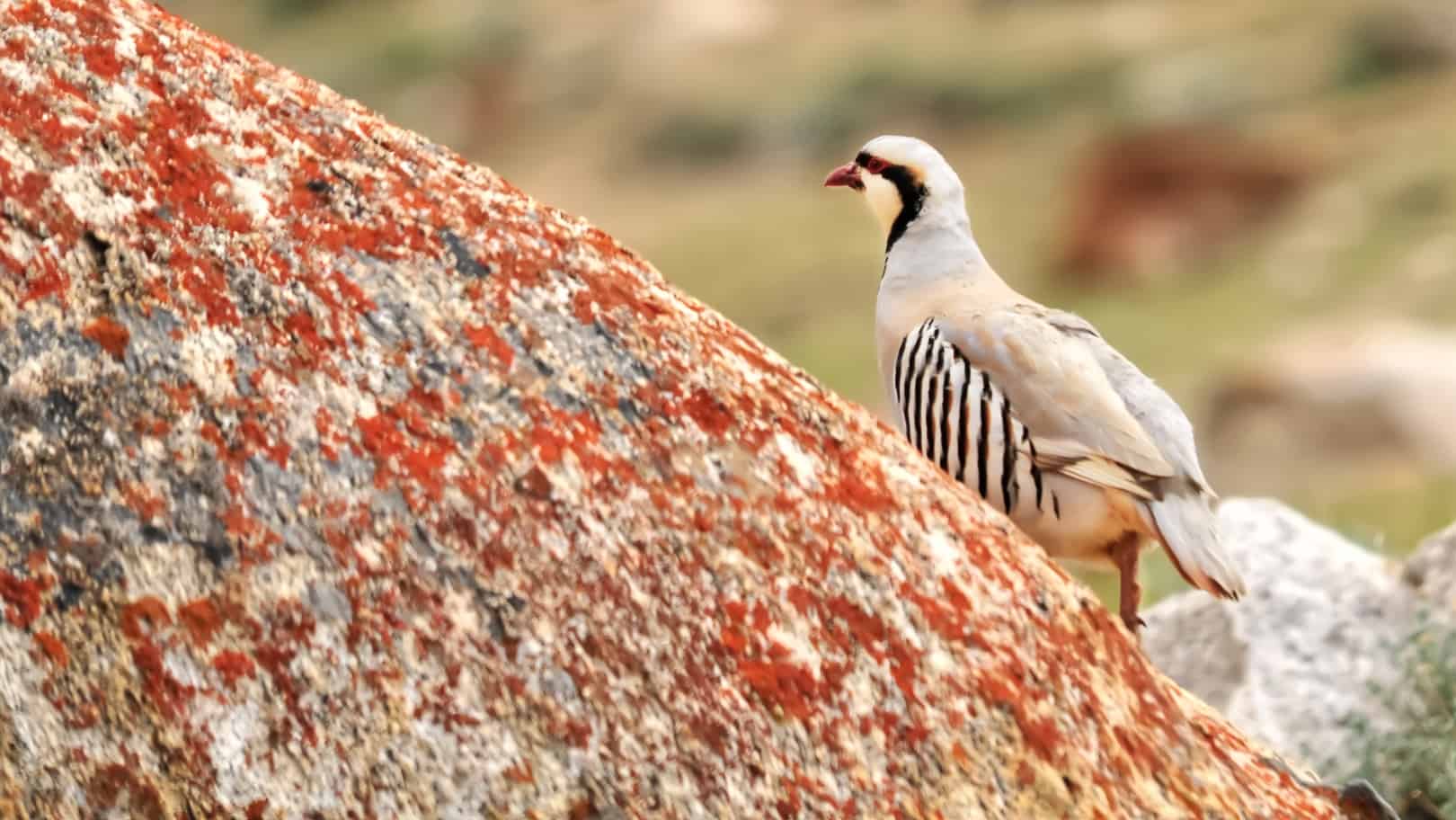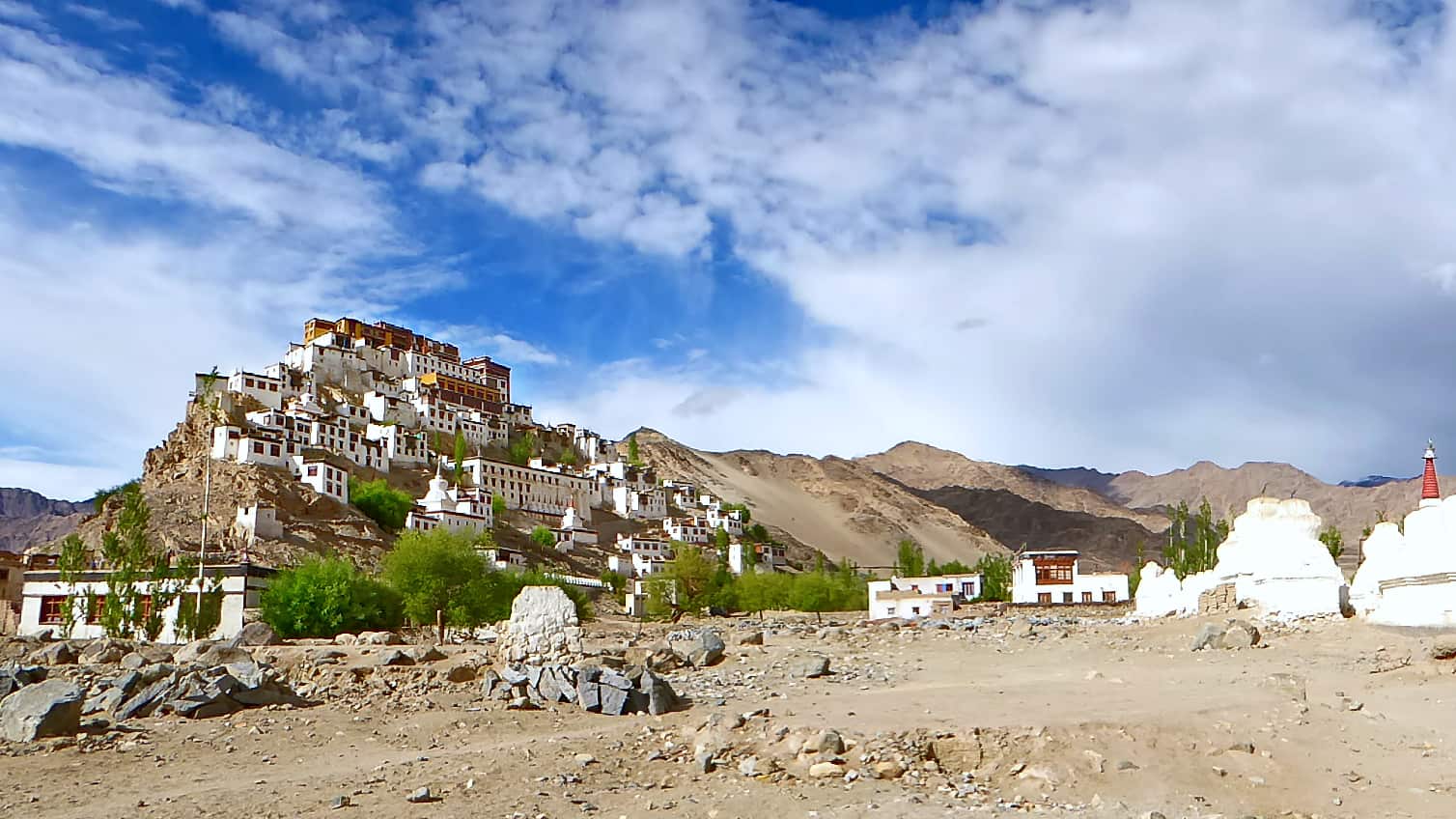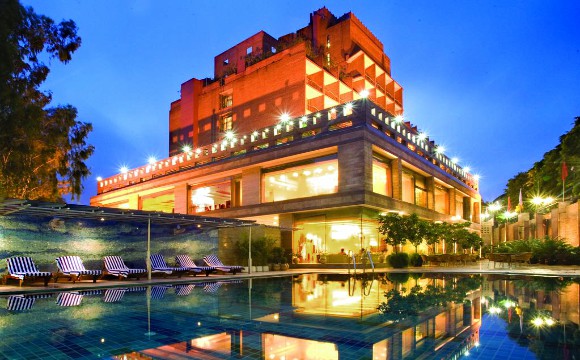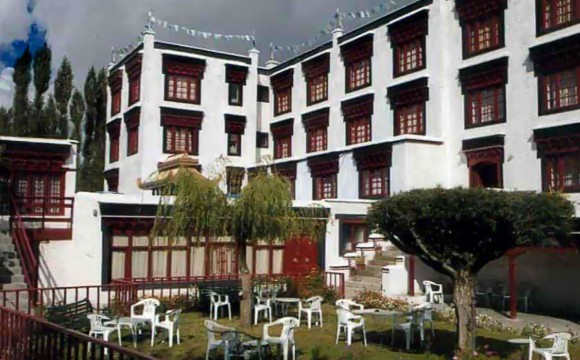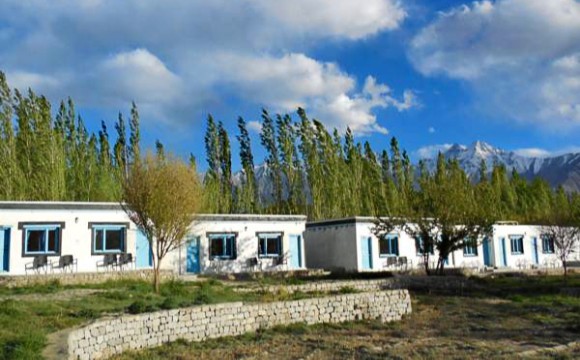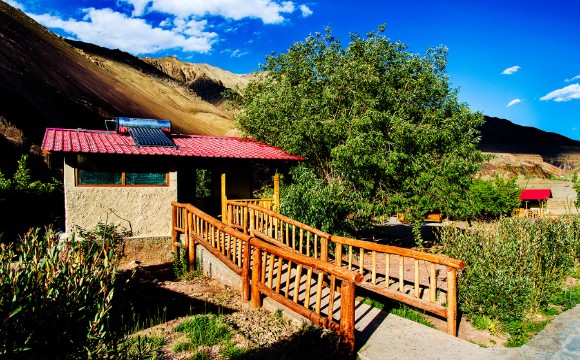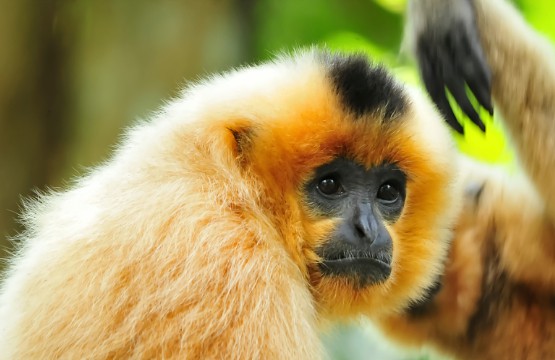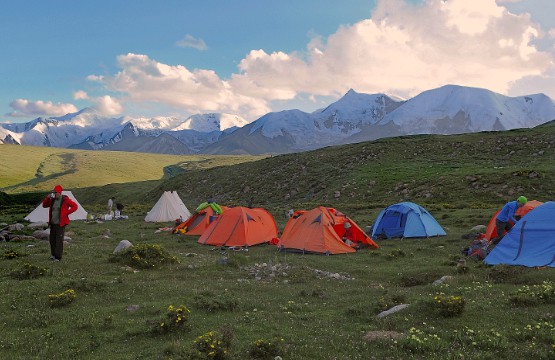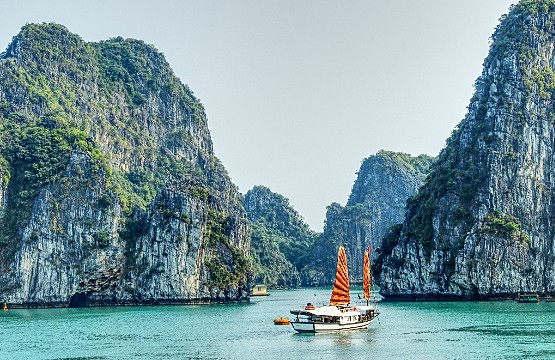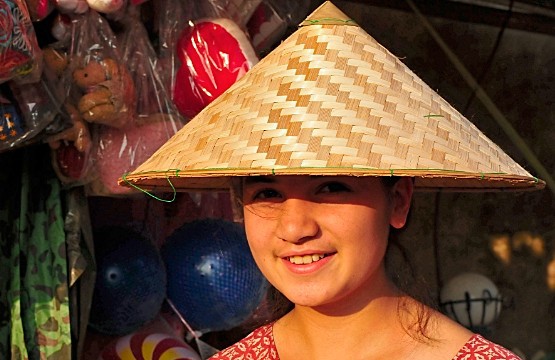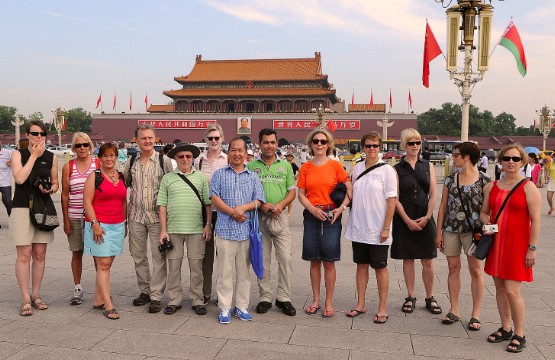Ladakh: Nature, Culture & Adventure
Ladak – Secluded-behind high passes of the Himalayan mountain range, you reach a unique culture to which the inhabitants have remained faithful to this day. Insinuated by deep Buddhist religiosity, the bizarre landscape of the Himalayas awaits you, in which gods and spirits traditionally still dominate the course of the... More
Ladak – Secluded-behind high passes of the Himalayan mountain range, you reach a unique culture to which the inhabitants have remained faithful to this day. Insinuated by deep Buddhist religiosity, the bizarre landscape of the Himalayas awaits you, in which gods and spirits traditionally still dominate the course of the day today and into eternity. The Ladakhis have lived almost independently of agriculture and livestock farming for centuries. Despite Indian rule, the population has retained its own culture, which bears more resemblance to the Tibetan way of life. Fascinating are the Buddhist monasteries, the unique warmth and warmth of the Ladakhis as well as the breathtaking, barren mountains.
In Ladakh, on the upper reaches of the mighty Indus, Tibetan Lamaism has been preserved in pure culture. In front of the enormous mountain giants of the Himalayan main ridge, always within sight of the Indus, are impressive monasteries: places of art, scholarship, contemplation. The barren landscape of the high mountain desert, which is more than 3,500 metres long, invites you to unforgettable hikes and a spectacular drive over the highest pass road in the world into the Nubra Valley. It is home to the most fertile region of Ladakh with its rich orchards.
We fly to Leh, into a world that is very different from the rest of India. We visit the most beautiful and important Buddhist monasteries & villages of the Industrial With oversized golden Buddha figures that are living religious meeting places. Hemis, Thiksey, Lamayuru and Alchi are among the most famous of them.
Earth-coloured, rugged mountains, glacier-covered 6,000-square-foot eras and ever-green oases characterise the image of the vast landscape. A colourful monastery festival in the Hemis Monastery with ritual mask dances and mystical chants is a special spectacle.
By bus we drive from Leh along the former caravan route via one of the highest passable passes in the world, the 5602 m high Khardung La, to the Nubra Valley, the Valley of Flowers. Visit to the turquoise-blue Pangong Lake in the nomadic region of Changthang on the border with Tibet. We do easy day hikes on easily walkable paths. A normal to good condition is sufficient for this. The walking times are approx. 3-5 hrs. We stay in typical local accommodation in this unique Himalayan region.
Giving back to the communities is our responsibility!
With every trip, you also support the SWAN and thus projects for Sustainable Community development and Biodiversity protection.
Our primary NGO partner is Social Welfare Association of Nepal (SWAN), with whom we have carried out multiple CSR (Corporate Social Responsibility) projects. Besides carrying out regular CSR activities in the areas of education and women empowerment, we have supported relief and rehabilitation initiatives in the aftermath of several natural disasters like earthquake, immediate response to COVID-19 pandemic across Nepal.
Giving something back to the world is a special and responsible affair of travel-to-nature Asia right from its inception. When you travel with travel-to-nature Asia and SWAN-Nepal, you become an integral force for change in addressing the most pressing social and wildlife conservation issues. Your tourism funds help transform the future of under-privileged and marginalized communities and transform the future of at-risk natural places you travel. Portion of our profit flows to local communities who live with and steward nature, creating jobs and improving livelihoods.
By joining one of our holidays you are playing a vital role in bringing positive changes in the lives of local community.



